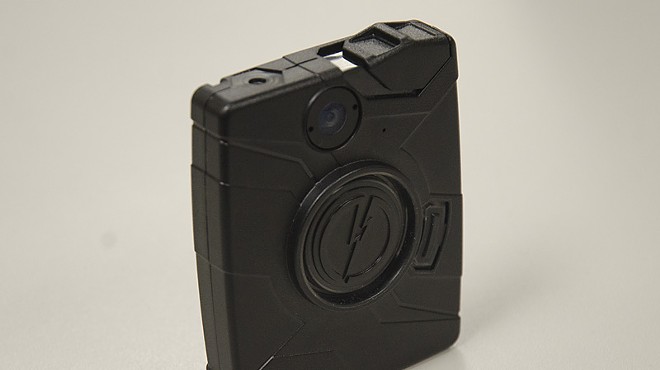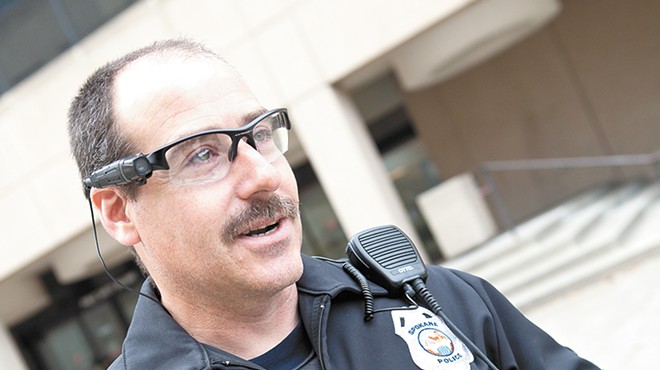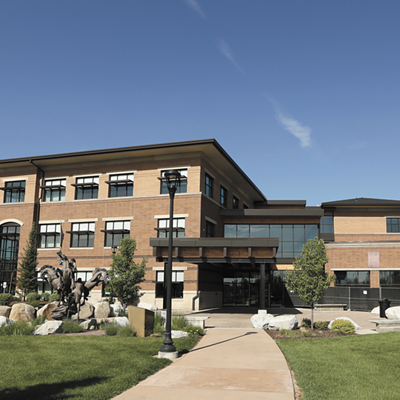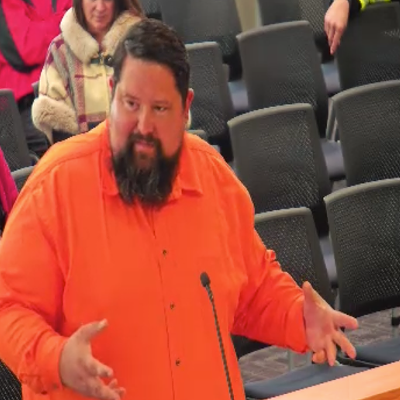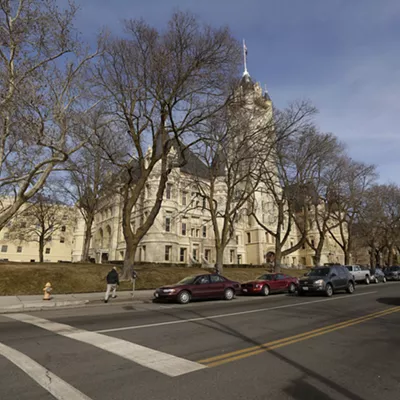Wednesday, April 8, 2015
Cop charged with murder in South Carolina raises questions about body cameras
Yesterday, the mayor of North Charleston in South Carolina announced the state will charge police officer Michael T. Slager with murder in the shooting death of an apparently unarmed, fleeing black man thanks in part to a bystander's cellphone video that refuted the original police account of the incident.
As reported in the Post and Courier, Officer Slager fired his stun gun at Walter T. Scott after he ran from a traffic stop. "That did not work," the South Carolina newspaper report says "and an altercation ensured as the men struggled over the device. Police allege that during the struggle the man gained control of the Taser and attempted to use it against the officer. The officer then resorted to his service weapon and shot him."
A bystander video fills in the crucial holes left out of the police narrative. The footage picks up at the end of an apparent physical scuffle between the officer and Scott, who then turns and starts to run away. The officer then throws something behind him — possibly his Taser — draws his weapon and fires eight times at Scott's back. Scott was hit five times, according to news reports, four times in the back and once in the ear.
Officer Slager approaches the fallen Scott, cuffs him and returns to the spot from which he fired. Officer Slager then walks back to Scott, who is still laying on the ground, and drops what appears to be his Taser next to him. According to the police dispatch audio, Officer Slager tells dispatch immediately after the shooting that Scott tried to grab his Taser.
In this week's paper, we have a story about a similar (but, in important ways, not-so-similar) law enforcement shooting at Deaconess Hospital last year. Among the similarities in both situations: law enforcement officers shot at the backs of fleeing, apparently unarmed men, and some kind of physical struggle occurred between the officers and the suspects. Among the differences are the location of each shooting (outdoors as opposed to in a hospital), and, possibly more importantly, the presence of video evidence.
If Spokane can learn anything from the situation in South Carolina, it's the usefulness of this kind of evidence for accountability of law enforcement officers, who, by law, are given a great deal of discretion when it comes to use of force.
Chief Frank Straub has said previously that the Spokane Police Department plans to equip 90 officers with body cameras by the end of June, and have full implementation by the end of 2015 or in the first part of 2016.
Sheriff Ozzie Knezovich has also said in previous conversations with the Inlander that he supports the use of body cameras for his deputies, but cannot make a move for official implementation until the state legislature passes a bill that will determine the cost of doing so.
"We've done all the testing. We're ready to say 'Let's do it,'" Knezovich said, "but I can't do that until I know what the true cost is going to be."
Currently there are two House bills that address the use of body cameras in the state legislature — HB 1917 and HB 1910. Neither have gotten attention from lawmakers since March 13, but that doesn't necessary mean they're dead because both bills contain budget ramifications.
SPD, however, is moving forward with full implementation regardless of the state legislature, says police spokeswoman Monique Cotton.
"This has been a long process and it hasn't gone very fast," says Spokane City Councilman Jon Snyder, chair of the public safety committee. But he's optimistic for the future. "I'd like us to be in full implementation [of body cameras], but I think we're in a good spot compared to a lot of places."
Tags: police , use of force , use of deadly force , body cameras , Sheriff Ozzie Knezovich , Chief Frank Straub , Spokane Police Department , Spokane County Sheriff's Office , News , Image





